How Light Affects Your Eyes and How Hyperlight Optics® Can Help
Whether you’re staring at a computer screen all day, binge-watching your favorite series, or enjoying a sunny day outdoors, your eyes are constantly exposed to light that can be detrimental to your health. Let’s explore how these types of light affect your eyes and how Hyperlight Optics® can help keep them safe.
Understanding the Risks: Blue Light and UV Radiation
Blue Light: The Digital Hazard
Blue light is a high-energy visible (HEV) light emitted by digital screens, LED lights, and the sun. While it can boost alertness and regulate sleep cycles, overexposure—especially from prolonged screen time—can lead to several eye health issues:
• Digital Eye Strain: Also known as Computer Vision Syndrome (CVS), caused by extended exposure to screens. Symptoms include dry eyes, headaches, blurred vision, and neck pain.
• Sleep Disruption: Blue light affects melatonin production, disrupting sleep patterns. Exposure, especially before bedtime, makes it harder to fall asleep and affects sleep quality.
• Potential Retinal Damage: Chronic exposure may increase the risk of retinal damage and age-related macular degeneration (AMD), a leading cause of vision loss.

UV Radiation: The Outdoor Threat
Ultraviolet (UV) light from the sun is a major risk factor for various eye conditions. UV light is categorized into UV-A, UV-B, and UV-C. While UV-C is absorbed by the Earth’s atmosphere, UV-A and UV-B rays reach the surface and can cause significant damage:
• Photokeratitis: Often described as “sunburn of the eye”, photokeratitis results from acute UV exposure, causing symptoms like redness, tearing, and temporary vision loss.
• Cataracts: Long-term UV exposure is a leading cause of cataracts, which cloud the eye’s lens and impair vision.
• Macular Degeneration: UV exposure can damage the central part of the retina, leading to vision loss over time.
Hyperlight Optics®: A Technical Innovation
The patented Hyperlight Optics® technology offers a unique approach to protecting your eyes by precisely adjusting the energy within the visible light spectrum. It selectively reduces harmful blue light while allowing beneficial light to pass through, ensuring optimal vision and comfort. Unlike conventional eyewear, Hyperlight Optics® provide comprehensive protection against harmful radiation from both artificial and natural light sources. Moreover, they contribute positively to the physiological balance of the body.
How Hyperlight Optics® Safeguard Your Eyes:
1. Selective Filtration of Blue Light: Filters out a portion of the blue light spectrum (400-500 nm) while allowing other wavelengths to pass through, reducing exposure to high-energy visible (HEV) blue light.
2. Reduction of Digital Eye Strain: Helps minimize digital eye strain, alleviating symptoms such as dryness, irritation, and fatigue.
3. Minimizing Sleep Disruption: Reduces evening blue light exposure, helping maintain natural circadian rhythms and improve sleep quality.
4. Protection Against Retinal Damage: Filters out potentially harmful blue light, reducing the risk of long-term retinal damage and AMD.
5. Enhanced Visual Comfort: Reduces glare and enhances contrast, making it easier to focus, especially in high-glare environments or during prolonged screen use.

Protecting your eyes from damaging light is vital for maintaining long-term vision health. With increasing exposure to UV and blue light, taking proactive steps to shield your eyes is more important than ever. Wearing appropriate eyewear, adjusting screen settings, and adopting healthy lifestyle practices can significantly reduce the risk of eye damage.
Discover the Hyperlight Optics® Collection
Explore our range of protective eyewear and take the first step towards better eye health today.
Scientific References
Here are some important scientific references that discuss the importance of protecting your eyes from damaging light, including LED light:
• “Light: Medicine of the Future” by Jacob Liberman – Explores the therapeutic uses of light and its impact on health.
• “Blue Light Hazard: New Knowledge, New Approaches to Maintaining Ocular Health” – Edited by John D. Bullough, this book covers blue light hazards and eye protection.
• Panda, A. K., & Panda, P. (2019) – Effects of blue light on the circadian system and eye physiology. Molecular Vision, 25, 741-753.
• Berson, A. L. (2020) – Blue light and the eye: Exposure, absorption, and the impact of digital device use. Ophthalmology Times, 45(5), 12-16.
• WHO Report (2016) – Artificial Lighting and Health. World Health Organization.
• AMA Policy Statement (2016) – Human and Environmental Effects of LED Community Lighting. American Medical Association.



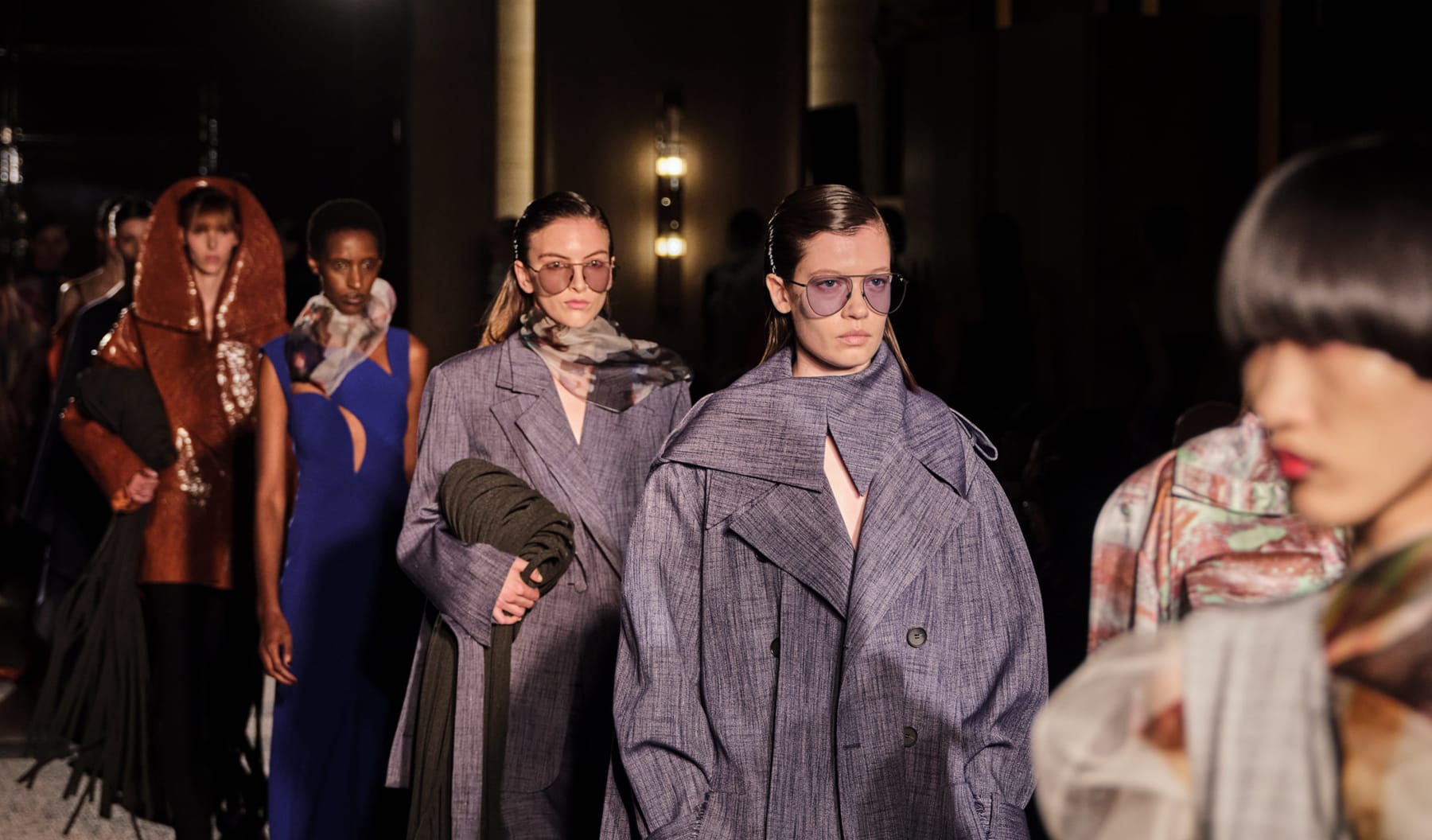
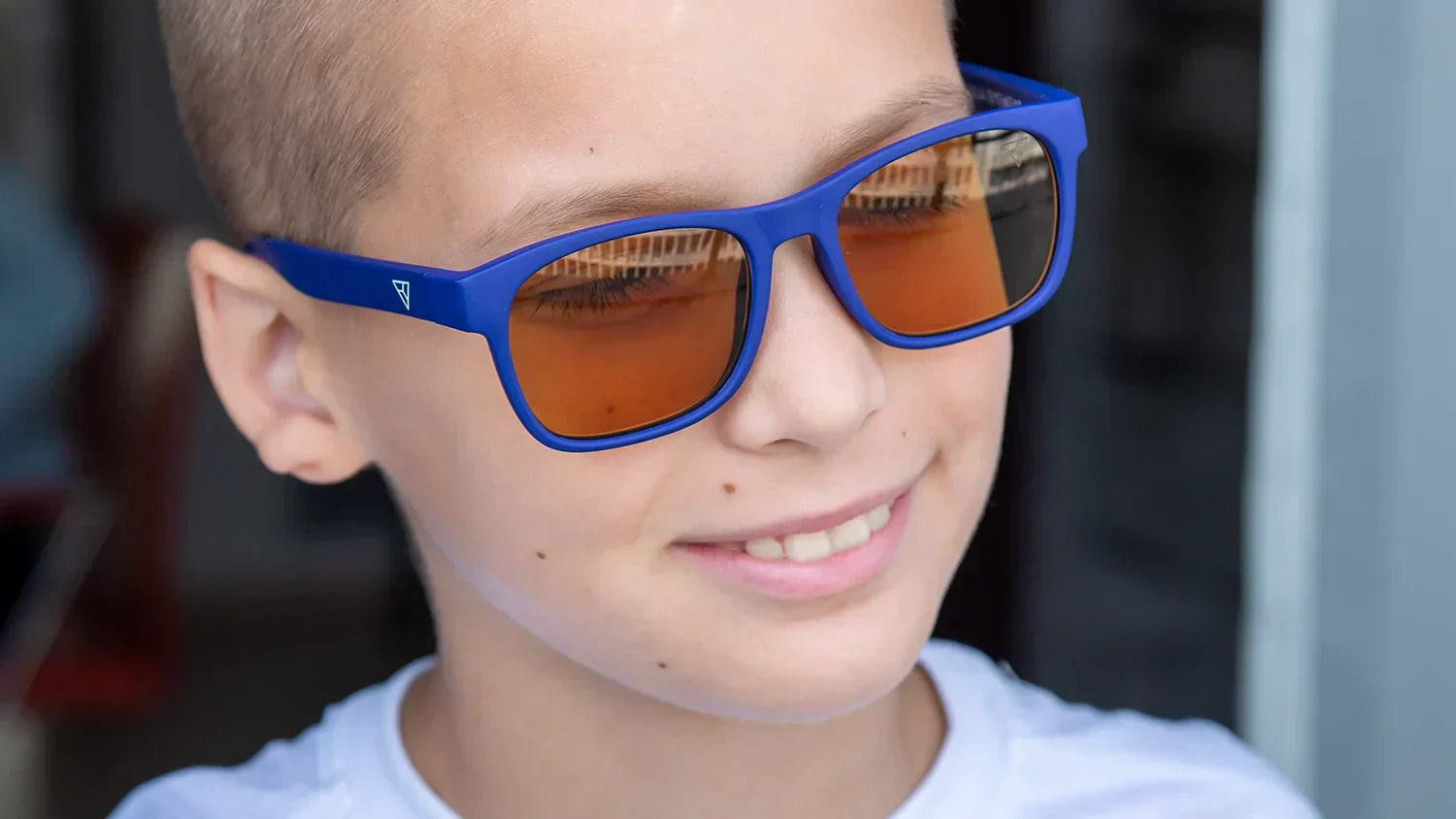
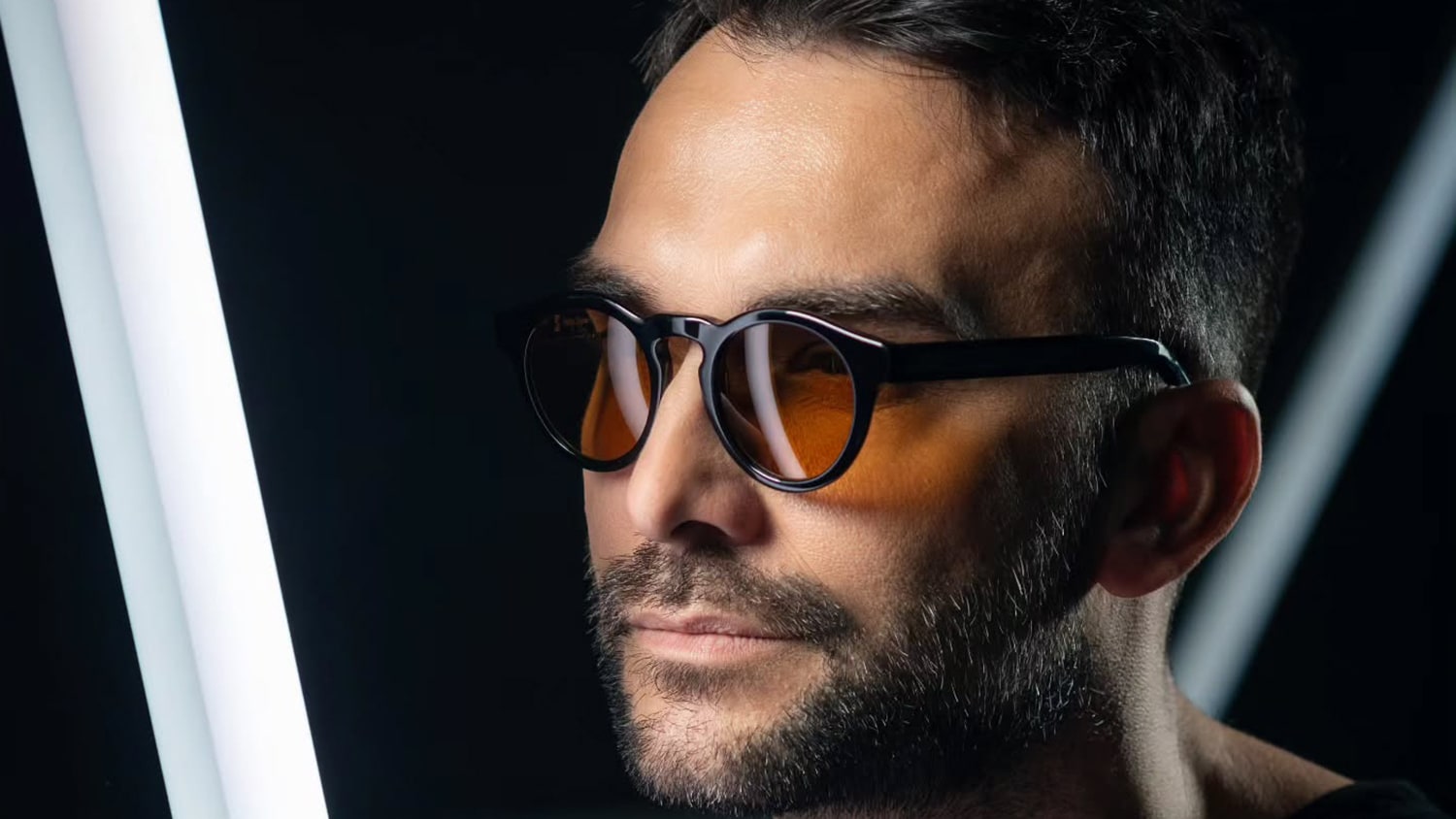
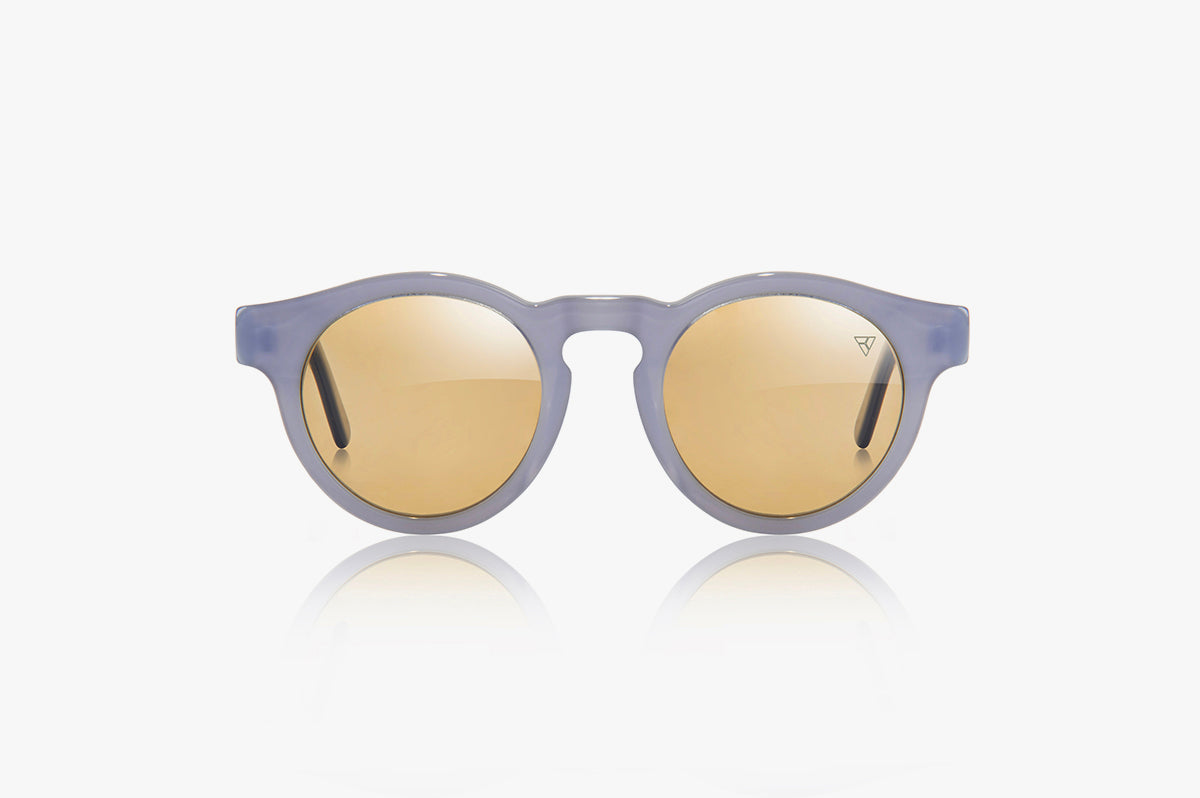
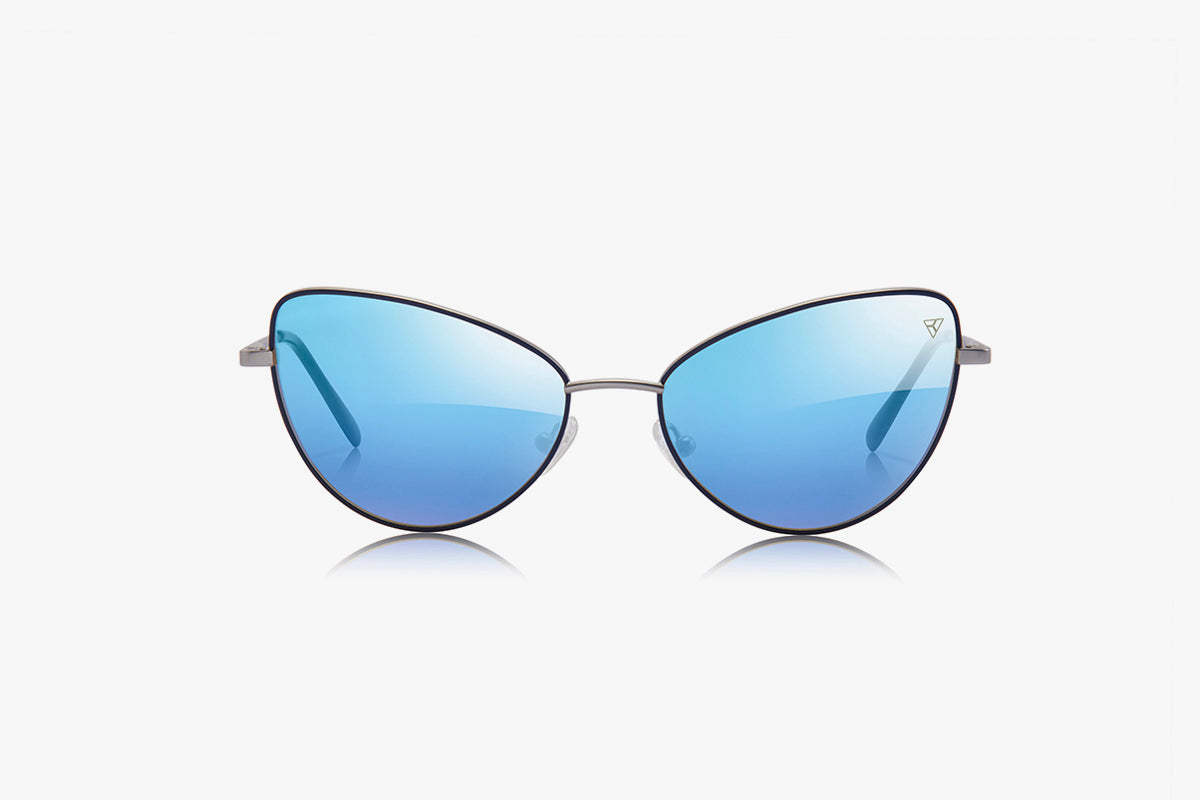
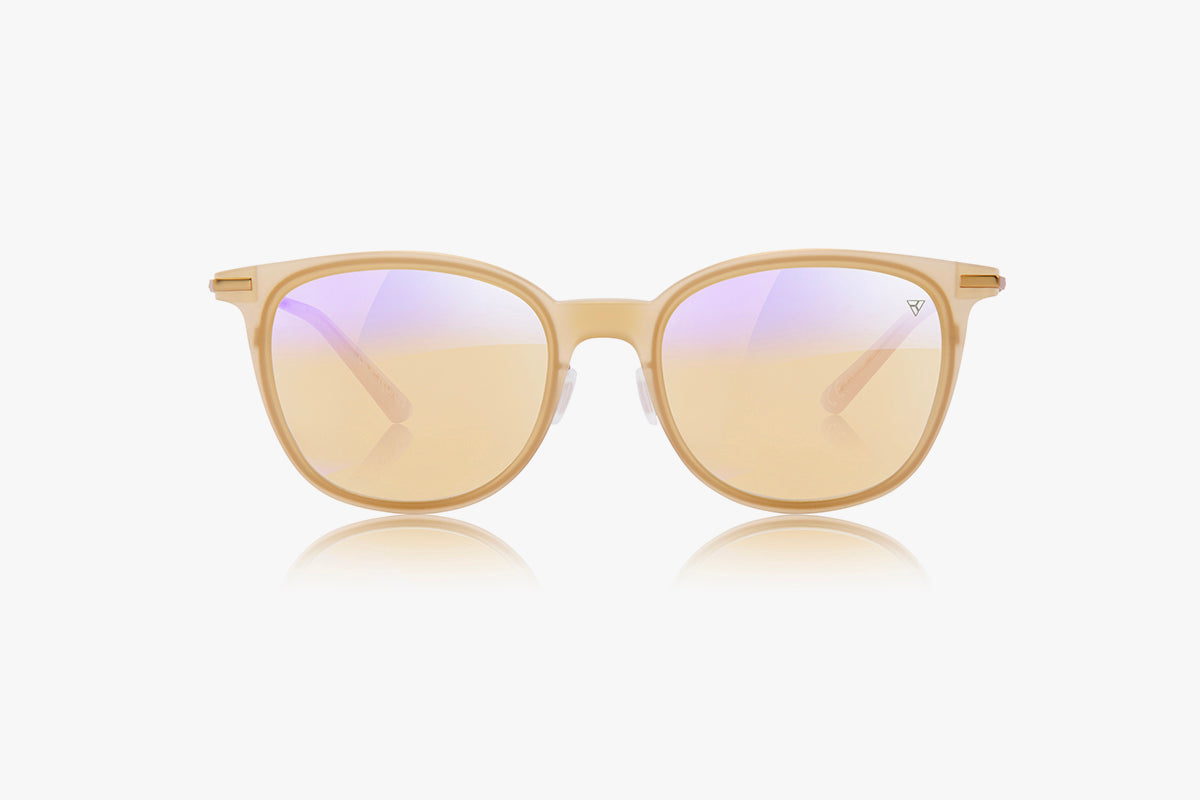
Share: